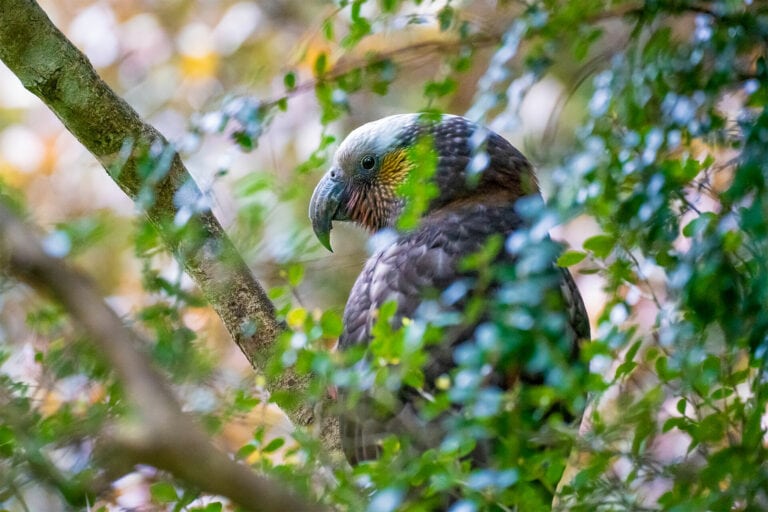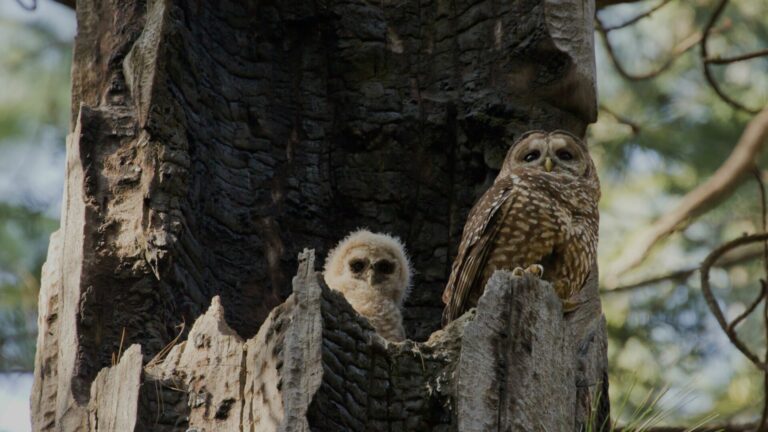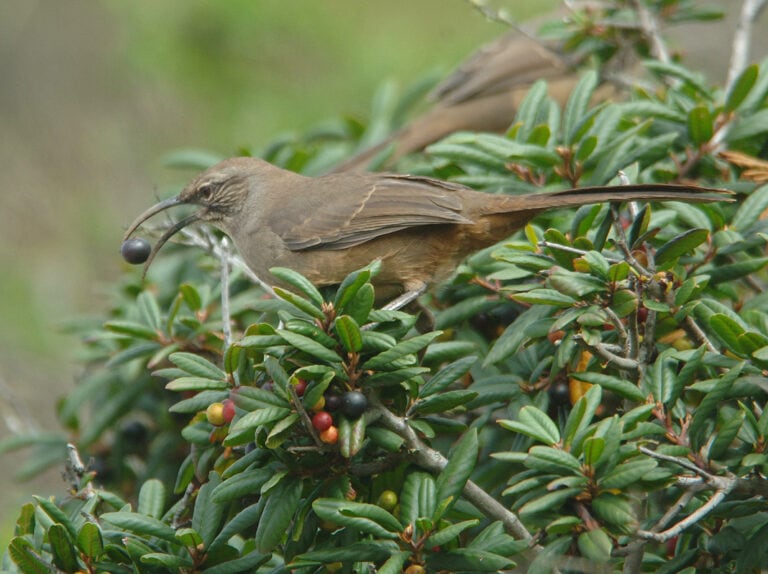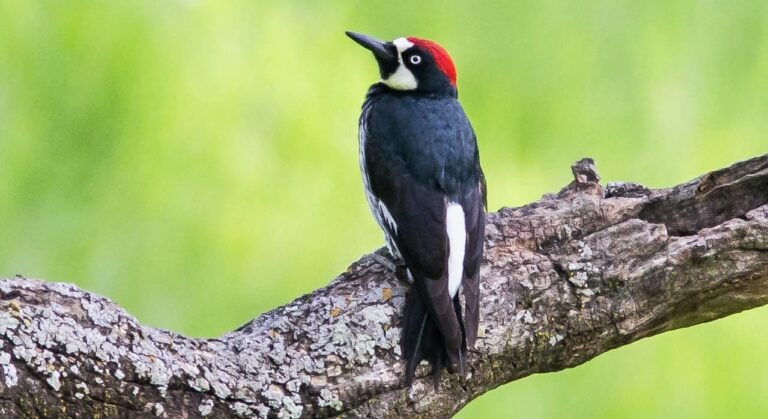Birding while Disabled
Thursday, March 16 — 7 pm via Zoom
Birders and disability justice advocates; Bonnie Lewkowikz, Judith Smith, and Susan Glass, will lead an important discussion on Birding While Disabled. Drawing on their own lived experiences with disability, these three presenters will not only discuss accessibility as it relates to birding, but they will also offer their wonderful insights to the birding community by exploring and expanding the possibilities of what birding is and can be for those who wish to experience the wonder of birds in their lives.
Bonnie Lewkowicz and Judith Smith will share their experiences as wheelchair using birders. Susan Glass will discuss her experiences as a birder who is blind. Find out what they need from the birding community and birding locations for them to feel welcome, included, and able to access birding locations and activities.
About our Speakers:
Bonnie Lewkowicz (she/her) has been able to combine her love of the outdoors with her work where for more than 35 years she has been educating about and advocating for greater access to outdoor recreation for people with disabilities. She is the author of an accessible trail guidebook and 2 trail websites.
Judith Smith (she/her) is an environmentalist, avid hiker, birder and advocate for accessibility in the outdoors. Judith received her CA Naturalist Certification at Sonoma Ecology Center in 2021. She assists with a Birding for All program at Bay Area Outreach and Recreation Program.
Blind since birth, Susan Glass began birding by ear at age 4. Now at age 66, she leads bird walks, teaches poetry writing workshops that focus on nature, and gives talks on identifying birds by sound, studying bird behavior, and cultivating bird habitats at home. She is a retired English professor turned free-lance writer.
Zoom Recording
…




